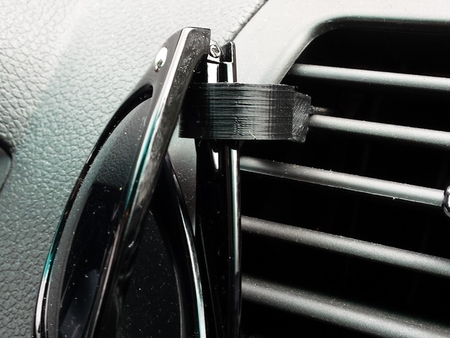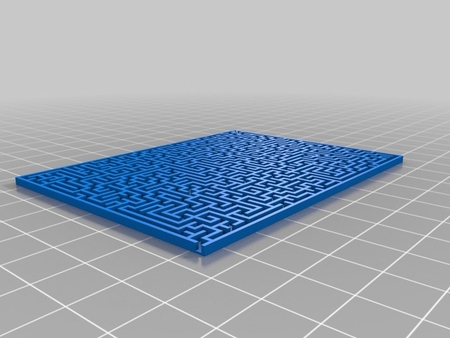卡通人物制作器 - 可定制的头像生成器 3D打印
11366 视图 2 喜欢 4 下载 下载
受任天堂 Wii 的“Mii”启发,这款产品是一款 3D 角色制作器 - 它允许用户选择不同的面部�...��征、头发等来制作自定义 3D 头像。
超逼真的 3D 扫描正变得越来越普遍,这并不是为了竞争 - 可以将其视为您自己的卡通版本,或者完全虚构一个角色!
设计师
sethmoser3D 模型描述
更新:现在有胡须了!受任天堂 Wii 的“Mii”启发,这款产品是一款 3D 角色制作器 - 它允许用户选择不同的面部�...��征、头发等来制作自定义 3D 头像。
超逼真的 3D 扫描正变得越来越普遍,这并不是为了竞争 - 可以将其视为您自己的卡通版本,或者完全虚构一个角色!























